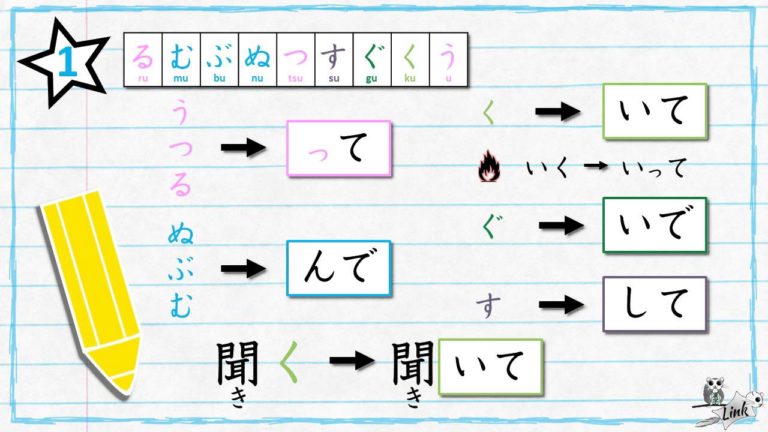
Need to learn how to utilize Japanese verbs. They are very big in omitting the obvious,
Offering Japanese reading practice for beginners to advanced learners.
Enhance comprehension and vocabulary through diverse texts, effectively improving your Japanese reading skills.

If you want to get better at Japanese, Japanese reading practice is one of the best ways to do so. Reading will help you integrate the vocabulary and grammar you have learned. When you come across a new word, it is much easier to remember it. If you have the time, you can do it for free anytime, anywhere. Here are some excellent websites for online Japanese reading comprehension practice that are completely free.
Check here for a completely free e-learning online course to learn Japanese.
Looking to learn Japanese near you? Look no further than HH JapaNeeds’ private lessons! Our experienced teachers provide personalized lessons tailored to your needs, all at an affordable price. You can learn Japanese with the best online tutors even if you have difficulty meeting face-to-face. You can try out a lesson with a teacher before committing, free of charge! Don’t miss this chance to start your Japanese learning journey with us.
Check here for a completely free online course to learn Japanese.

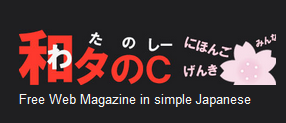
Wa Tanoshii is a web magazine to introduce everyday things in Japan to people who is interested in the country and its language. The articles are written in simple Japanese so is suitable for Japanese learners from the basic to intermediate levels! The more articles you read, the more information you can collect and help you improve your Japanese. You can see that you can express a lot of things by using relatively simple Japanese.
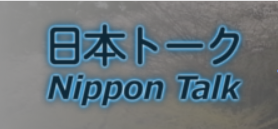
This is a blog about various aspects of daily life in Japan. You can choose to turn on or off the furigana (pronunciation guide for kanji characters). Each paragraph is written in Japanese, with an English translation below it. Some articles also have French translations. Currently, the blog posts are not updated.

Satori Reader offers carefully selected level-based content for practice and growth, and with its unique system of displaying Japanese texts according to the learner's knowledge and carefully annotated stories, Satori Reader is a controlled, first-time learning experience for many learners. It bridges the gap between textbook Japanese and the wider world of actual native communication.

"NEWS WEB EASY" conveys news in easy-to-understand words for foreigners and elementary and junior high school students.
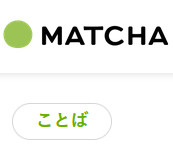
MATCHA is a web magazine that provides information about Japan for tourists visiting Japan. It introduces not only famous sightseeing spots such as Tokyo and Kyoto, but also all over Japan, from Hokkaido in the north to Okinawa in the south. In addition to information on recommended sightseeing spots, it provides comprehensive support for sightseeing in Japan, including information on gourmet food, shopping, accommodation, how to get to famous sightseeing spots, and other useful information that you should know before traveling to Japan. The website is available in 10 languages: Japanese, English, Chinese (traditional and simplified), Korean, Thai, Indonesian, Vietnamese, Spanish, and Japanese (easy Japanese), which is easy for foreigners to read, so please enjoy MATCHA in the language of your choice.
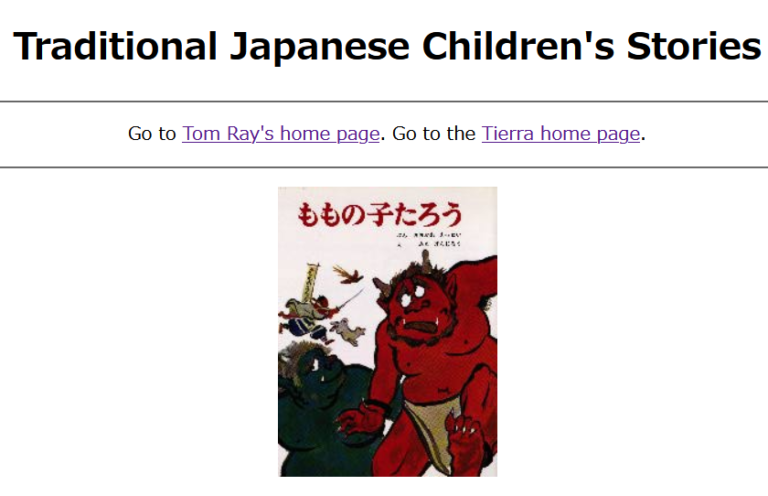
This is a site with many traditional Japanese fairy tales, created by Tom Ray and Tierra. All Japanese children grow up listening to these stories, and it will help them study to better understand Japanese culture. The stories are written in very simple Japanese, with a line by line English translation underneath.
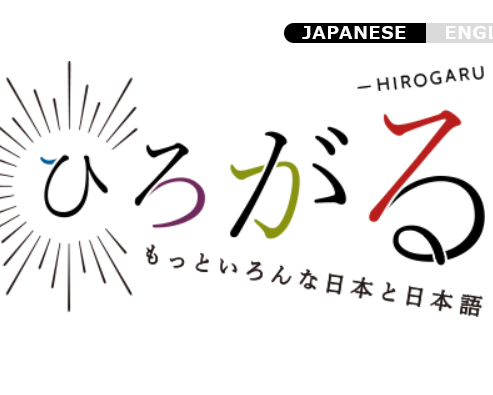
This is a website where you can learn about various aspects of Japan and the Japanese language through your own enjoyment. Even those with Japanese language skills at the A1 and A2 levels (introductory to beginner) of the JF Japanese Language Education Standards can gain a sense of "understanding" and "use. By reading and listening to information about Japan on 12 topics, you can come into contact with a variety of Japan and Japanese. Through various contents and comments from other users, you can learn not only about Japan, but also about your own culture and the culture of the region where other learners live.
We offer a huge amount of free resources customized to enrich your Japanese language skills. Check out our extensive collection of Japanese news articles with furigana to help with reading comprehension. Whether you’re preparing for the JLPT N5, N4, N3, N2 or N1 level or just want to enjoy Japanese novels, our resources are selected to meet the needs of every learner.
We understand the importance of diverse learning materials. That’s why we provide audio files for effective listening practice and PDF documents for offline study. We cover a wide range of topics, from everyday conversation to advanced content such as business Japanese. Created to help you understand hiragana, kanji, and vocabulary in real-world contexts.
Most content is updated weekly to ensure you have access to the latest relevant material. Whether it’s news, novels, or test preparation, our goal is to make learning Japanese as engaging and accessible as possible. Join our community and improve your language skills with HH JapaNeeds. Each article will make learning Japanese an adventure.
Maximize your learning with Japanese tutors and several free study sites that are ideal for studying Japanese.

Let's study Japanese efficiently using the app along with the lessons of a Japanese tutor.

If you want to improve your Japanese, reading is one of the best ways to do it. You can do it anytime, anywhere for free.

Here are some great websites for completely free online Japanese masters.

Podcasts are a very effective way to improve your Japanese listening comprehension and other aspects of your life.

Find the one that suits your purpose and study Japanese. It is divided into basic grammar, conversation, honorifics, kanji, and JLPT.

Need to learn how to utilize Japanese verbs. They are very big in omitting the obvious,

Work is very important in life, but spending time with loved ones, family, and friends is equally important. Eating, sleeping,

Following the previous article on Okinawan dialects and popular Okinawan foods, we will explain about “Shisa,” which is unique to
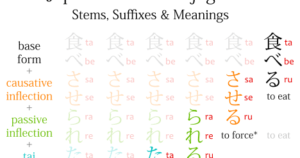
Copyrights(c) 2023 HH JapaNeeds – All right reserved